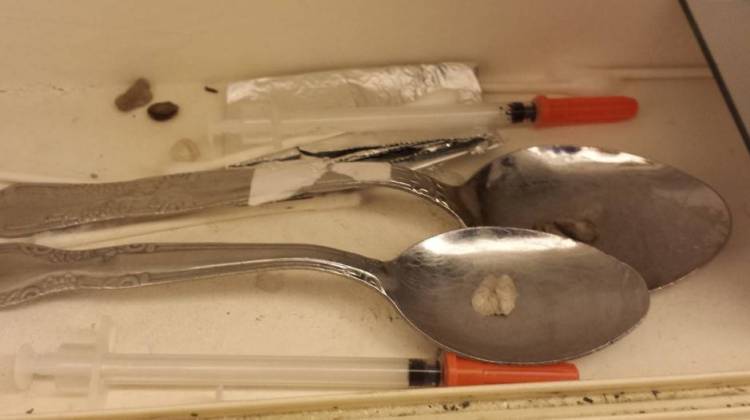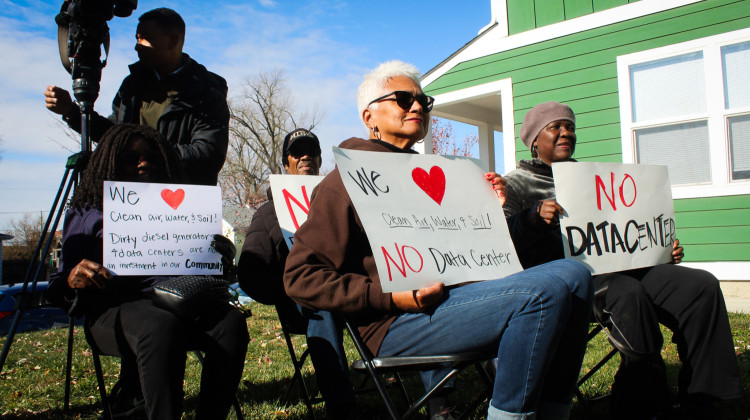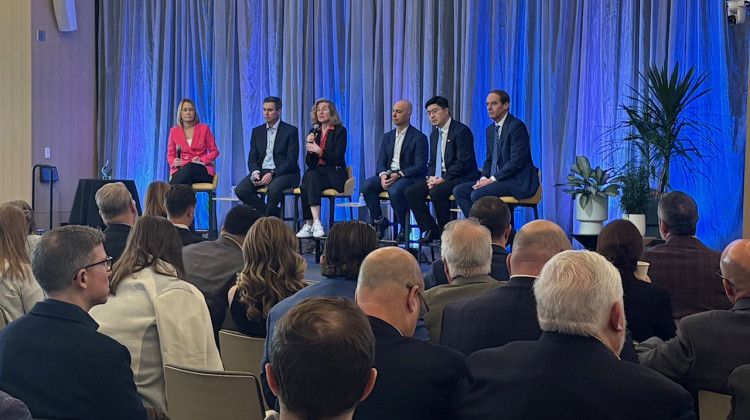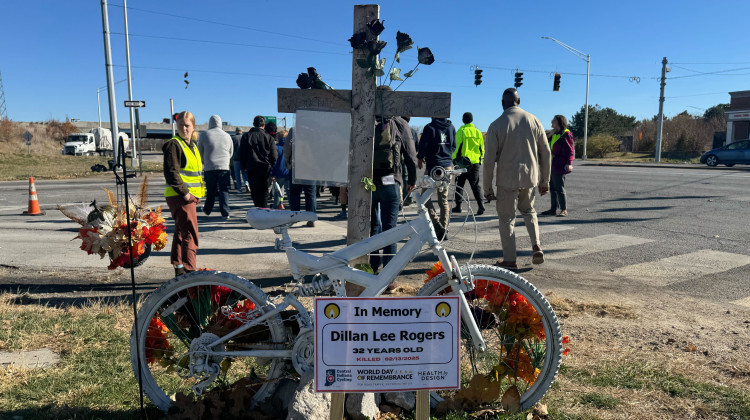
Heroin and paraphernalia confiscated in Indiana.
Courtesy of the Hamilton/Boone County Drug Task ForceINDIANAPOLIS -- Opioid overdose 911 calls are on track to set a new record in Indianapolis this year. Overdoses from the drug fentanyl – the drug that killed Prince – are a disturbing new reality pushing the death rate higher.
The heroin epidemic hit Indianapolis about three years ago. The alarm went off for Alfarena Ballew, the chief deputy coroner for Marion County when five people overdosed in one week. Worried by the trend, she alerted the Marion County Health Department and IMPD.
Another deadly trend arrived two years later. “Last year we sorta noticed that there were some cases that we were seeing where we thought that it was a heroin overdose," Ballew said, "and then when we got the tox screen back – we saw that it was a straight fentanyl overdose.”
Medically, fentanyl is used as anesthesia during surgery and for chronic or severe pain. It’s 50 to 100 times more powerful than morphine and way more lethal than heroin. But it’s rarely the medical version found on the streets.
In June, the DEA issued a warning about the danger of accidentally breathing or touching fentanyl after two New Jersey officers became ill while collecting evidence.
Indiana State Police forensic scientist supervisor Elizabeth Griffin says their crime lab workers take extra precautions when they think they might be handing fentanyl. “A typical dose that’s administered, either prescription or sometimes by street level users, is like 125 micrograms which is about two grains of salt. But a lethal dose is only 32 grains of salt,” Griffin said.
Criminal Justice Research Director for the IU Public Policy Institute, Brad Ray says illicit fentanyl is helping fuel overdose deaths in Indianapolis. Coroner’s office records show deaths from fentanyl alone more than doubled between 2014 and 2015, while Indiana’s prescription drug database – INSPECT – shows doctors were scaling back.
“There’s a pretty steady decline in fentanyl prescriptions in Marion County, but then we also looked at forensic data from IMPD’s lab and the number of detections they have has been consistently increasing,” Ray said.
Ray says fentanyl is often mixed with and sold as heroin, creating a deadly opioid cocktail – a combination seen by eastside Shalom Project paramedic Shane Hardwick.
“We pulled up on a gal who was purple and not breathing. She did have a pulse, but she was not breathing very much – three to four times a minute," he said. "Instantly rendered Narcan to her and it took a few minutes but she finally came around, and when she did she admitted taking heroin and fentanyl mixed together.”
Larry Brake is no stranger to treating overdose patients. “I’ve never seen anything like it in my 41 years. It’s like an epidemic," Brake said. Back in the '70s it was pretty prevalent, we would, you know, maybe get a few a week. Now it’s almost a daily basis.”
Brake is the longest serving paramedic in the city, on the job since 1974 and he remembers using naloxone, or Narcan, during the 1970s heroin epidemic. Now, he says it’s saving lives here everyday.
“When we wake these people up, what I tell them is, I don’t judge anybody, you know, but I say you’ve gotta knock this habit off. But if you can’t quit it, don’t ever do it alone. Make sure you have somebody there with ya. Pick up a phone call you know, 911, we can bring ‘em right back but if they’re by themselves, we find their body 3 or 4 days later,” he said.
The spike in demand has caused a surge in the price of naloxone according to Indianapolis EMS spokesman Carl Rochelle.
“We were using roughly 500 to 600 times a year for several years at $9 a dose. And now, last year alone, we used 1,225 times and the cost on it increased from $9 to $33,” Rochelle said.
Rochelle says IMPD, IFD and IEMS have used Narcan on over 900 people so far this year in Indianapolis. He says June was a record month. They treated 152 people with the overdose antidote – and are on pace to treat over 1,500 this year.
Since July first, Naloxone has been available over-the-counter for the public. A local pharmacist quoted a 2-dose package of the generic version for just over $100.
 DONATE
DONATE













 Support WFYI. We can't do it without you.
Support WFYI. We can't do it without you.